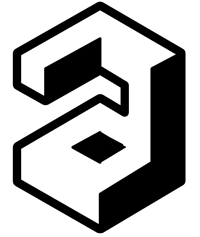Effects of Motor Imagery Adding To Physiotherapy and Rehabilitation Program in Children With Duchenne Muscular Dystrophy: Does It Make a Difference
No Thumbnail Available
Date
2025
Journal Title
Journal ISSN
Volume Title
Publisher
Elsevier Sci Ltd
Open Access Color
OpenAIRE Downloads
OpenAIRE Views
Abstract
Introduction/background: The study aims to investigate the effects of the MI (Motor Imagery) program applied in addition to the PTR (Physiotherapy and Rehabilitation) program on gait and balance in children with DMD (Duchenne Muscular Dystrophy). Methods: The 38 boys with DMD were included in the study and randomized into two groups: the PTR group (mean age: 7.96 +/- 1.94 years) and the MI + PTR group (mean age: 9.03 +/- 1.71 years). In the PTR group, the PTR program was administered 2 days/week for 8 weeks, and in the MI + PTR group, the MI program was administered 5 days/week in addition to the PTR program. Groups were assessed by the Brooke Lower Extremity Functional Classification Scale, Modified Pediatric Mini Mental Scale, Movement Imagery Questionnaire (MIQc), Kinovea (R) Software Program, Timed Up & Go Test (TUG), Timed Function Tests (TFT), Two-Minute Walk Test (2MWT), and Motor Function Measure (MFM-32). Results: As a result of the study, in PTR Group, TFT-Stairs descending (p = 0.049) was improved. In MI + PTR Group, Kinovea (R) Software Program-Walking Speed (p = 0.003), 2MWT (p = 0.037), TFT-Stair descend and 10-m walk (respectively; p = 0.001; p = 0.039), and MFM-32-D1 (p = 0.036) were improved. According to the comparison between groups, the groups were not superior to each other (p > 0.05). Discussion/conclusion: Although the MI program applied in addition to the PTR program contributes to improvements in walking speed, walking distance, and functional performance in children with DMD, it does not demonstrate superiority over the PTR program alone.
Description
Keywords
Duchenne Muscular Dystrophy, Motor Imagery, Gait, Balance
Turkish CoHE Thesis Center URL
Fields of Science
Citation
WoS Q
Q2
Scopus Q
Q1
Source
Volume
57
Issue
Start Page
64
End Page
71
PlumX Metrics
Citations
Scopus : 0
Captures
Mendeley Readers : 3

Google Scholar™
